There was a time when former Youtube beauty influencer Sharon Farrell received so many free lipsticks and moisturisers that she had to beg brands to stop.
“It was beginning to get really overwhelming,” she says, remembering the daily deliveries of boxes and packages brimming with beauty products. “I just couldn’t get through it. I couldn’t even look at it.”
Back then, before the pandemic, Farrell was a full-time influencer. A trained make-up artist with a warm smile and skin so glowing that she could – and did – move mountains of beauty products, Farrell boasted 275,000 Youtube subscribers and 50,000 Instagram followers. And when she wasn’t creating online beauty tutorials, she maintained a dizzying social schedule.
There were lavish launches thrown by beauty brands on yachts in Sydney Harbour and an all-expenses-paid trip to St Tropez, not to mention helicopter rides, extravagant parties and lunches. So many lunches.
“If I wanted to, I could have [eaten out at an event] every single day, maybe twice a day,” she says. “You could have a lunch event and then an evening event.”
It was, she admits, the dream job. It was also lucrative; by her thirties, she earned a healthy six-figure salary.
Which makes her recent decision to quit influencing altogether all the more surprising.

But, in 2021, after 15 years of creating content and after recently having her second child, Farrell realised she had grown weary of the relentless pace and “emotional labour” of trying to appease both followers and brands. And, so, for the first time in her life, she found herself turning down invitations for yacht parties and extravagant lunches and looking for an office job.
Farrell is far from the only influencer stepping away from the spotlight. Around the world, the O.G. influencers are growing up, and after a decade or more of documenting the minutiae of their lives, an anonymous career I.R.L has a new allure.
In the US, the trend is so pronounced that one former wellness blogger, Leigh Tilman, has launched an online course for influencers wanting to live an “offline” life.
The reasons for quitting are myriad. In Australia, some influencers, like Essena O’Neil, struggle with the mental health effects of running a business where you are both the business owner and the product. Some exit after becoming mothers, unable to reconcile the candour required by audiences with the need to protect their children’s privacy. Others have simply “aged out” of a career that demands constant relevance. Then there are those, like the travel blogger Jessica Stein (known as @TuulaVintage) who was forced to quit when her aspirational life collided with harsh reality of a devastating health diagnosis.
Today, Farrell still appears occasionally on social media, but no longer considers herself an influencer. Over pastries and coffee in the backyard of her Blue Mountains home, she explains that, having spent a year working in account management and digital marketing for a social impact business, she is now focused on building her own business, an online makeup school.
Although she is grateful for the community she created as an influencer, she notes that “you do feel like you’re answering to a lot of people, and often times those people [followers and brands] want different things.”
Farrell adds that motherhood added an unwanted layer of complexity. “I don’t think kids should be on social media, but what else was I going to post because I didn’t have time to do makeup anymore!”
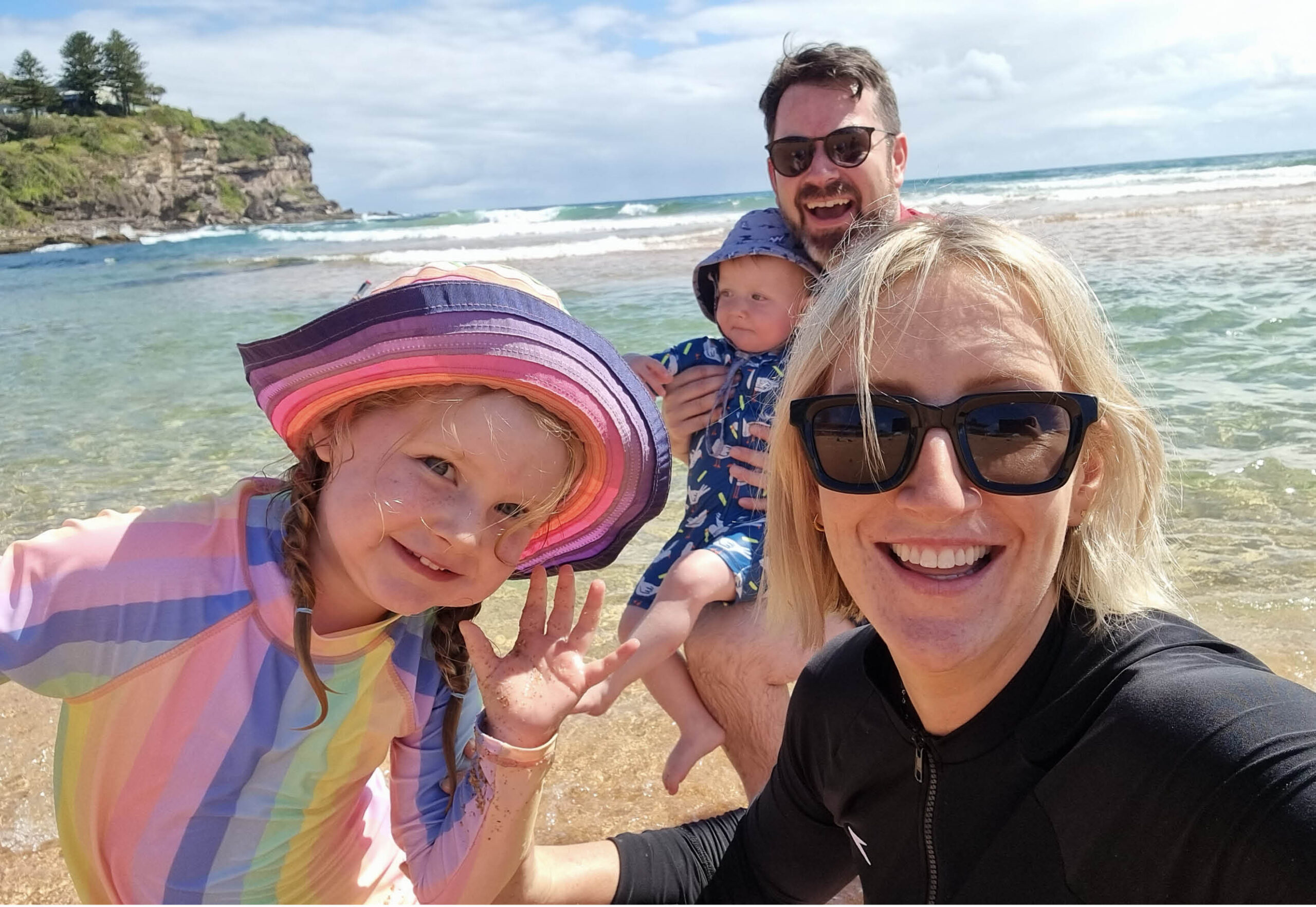
On the other hand, posting as though she didn’t have children felt disingenuous, she says. “As though I was trying to be the person I was before I had kids”.
And then there was the sneaking suspicion that influencing wasn’t even a legitimate long-term career anyway. “My partner is a biomedical engineer. Yes, so you know, he’s an academic and I’m talking about makeup to a camera in my bedroom by myself,” she laughs.
But what’s it like to walk away from lucrative brand partnerships and internet fame, not to mention the warm glow of positive affirmation and public approval – especially when that’s all you’ve known?
Difficult, says Farrell with a rueful laugh. “It’s kind of like an ex that you keep getting back with… a brand will reach out and be like, ‘Hey, We’ll pay you five grand to make this video’ and you’re like: Ok!”
The growing influence of influencing
It would be easy to dismiss the travails as influencers like Farrell as trivial. After all, their careers can seem ephemeral – tied to social media platforms that rise and fall on the tides of popularity – and their content is generally designed to steal attention (and wallet share), not change the world.
But influencing – or content creation, as it’s also called – is big business. By 2025, it’s estimated that, worldwide, the influencer marketing sector will be worth $35bn, and in Australia around 75 per cent of marketers now include influencers in their advertising plans.
By 2025, it’s estimated that influencer marketing will be worth $35bn,
Today, there are influencers for everything from fashion to finance, and seven in 10 young Australians have purchased something recommended by an influencer.
But, even setting aside their growing economic power, influencers are also transforming the career ambitions of 20- and 30-somethings. After all, why toil away at a desk job for someone else when you can carve your own path as a content creator? In Australia, 55 per cent of Gen Z say they would ditch their jobs and become an influencer if they could.
And yet, the reality of being an influencer, let alone its long-term career path, remains hazy, obscured by artful filters and carefully choreographed images.
“The way [influencing] is presented in the media and by some influencers themselves is at odds with the reality of the job,” says Sara McCorquodale, who runs British influencer intelligence agency CORQ.
“Being an independent content creator – AKA an influencer – is framed as easy or as not hard work when the contrary is true,” she continues. “To be successful in this industry, in this economic climate, requires daily grit and a huge amount of motivation, dedication, skills and good contacts.”
To be successful in this industry, in this economic climate, requires daily grit and a huge amount of motivation.
“Really, you need to be producing daily video to stand a chance, and creating revenue streams that don’t rely on brand campaigns. Not many people can do that successfully.”
For those that do succeed, influencing can be a stepping stone to bigger things. Zoe Foster-Blake, Jessica Sepel and Kayla Itsines are all on the AFR Rich List or Young Rich List, and all originally found fame on social media. Their trajectory has upended the traditional entrepreneurial formula of first creating a product and then finding an audience to purchase it. Instead, they built their audiences first and then created a product crafted with those customers in mind.
“It’s definitely a space that’s evolved a lot over the past ten years,” says deputy chair of the Australian Influencer Marketing Council, Patrick Whitnall. “People are now seeing it as more of a career.”
Not just a free lunch
But like any career, influencing comes with hazards. The pay is unpredictable; regulation is rising; competition is increasing; and the hours are long. Plus, there are mental health effects that experts are only just starting to understand.
Countless studies have shown that constant exposure to social media not only reduces users’ attention span, but can also produce feelings of sadness, inadequacy and isolation. For influencers, those effects are surely magnified.
“It can be a really isolating career,” says Kat Moses, the founder of talent agency MGMT, which manages 36 content creators. She points out that content creation essentially means working alone every day, which is why, she says, “our talent know that they have access to us 24-7.”
It can be a really isolating career.
Farrell is open about the way that influencing can affect mental health. “Mentally, I’m just not the right person it,” she says, adding she struggled in the first few months of motherhood. “You’re so vulnerable, you’re just all over the place,” she recalls. “Even if [followers] had said something nice to say, it would have been enough to set me off.”
Even before that, though, she’d begun to realise that the constant feedback loop of social media made her feel untethered from her own opinions and, in a way, herself.
“I just couldn’t distinguish between what I wanted to do, what I liked, and who I was and my audience. Just having all these people’s voices in my head was too much.”
British writer Gurwinder Bhogal has written extensively about the ways in which influencers end up contorting themselves to satisfy the demands of their audiences. In his substack, Bhogal describes this conscious and unconscious process as “audience capture”.
“While it may be a simple case of influencers making a business decision to create content they believe audiences want, and then being incentivised by engagement numbers to remain in this niche forever, it’s actually deeper than that. It involves the gradual and unwitting replacement of a person’s identify with one custom-made for the audience.”
“On Twitter, I’ve watched many political influencers gradually become radicalised by their audiences, starting off moderate but following their increasingly extreme followers toward the fringes.”
I’ve watched many political influencers gradually become radicalised by their audiences.
Even when influencers can maintain a healthy distance between their online persona and themselves, there’s one on-the-job hazard that few can escape: trolls.
“We manage an array of diverse content creators and we see a lot of really disgusting comments on their pages. You have to have a really thick skin,” says Moses. In reality, she adds, many content creators tend to be creative and sensitive.
“Influencers have told me stories about trolls sending spurious claims about them to new employers,” says McCorquodale, adding that she’s heard stories of trolls contacting employers to spread lies that the influencers in question have been fired from previous jobs or are neglectful parents.
A lifestyle, not a job
This is something that Australian model, photographer and former influencer Zanita Whittington knows only too well. In the mid-2010s, Whittington was arguably one of the most famous fashion influencers in the world.
A willowy blonde with high cheekbones and tattoos climbing up her forearms, Whittington has collaborated with the likes of Schwarzkopf, Ralph Lauren and Jimmy Choo. The latter once flew her, business class, to Marrakech for an event. In 2015, she was one of three influencers to appear on the February 2015 cover of Lucky magazine, alongside Nicole Warne (Gary Pepper Girl) and Chiara Ferragni (The Blonde Salad).
However, her fame attracted the unwanted attention of a stalker, who discovered where she lived, contacted her team members and harassed her from a range of fake accounts. “It was pretty hellish, and at the time I couldn’t get Instagram to help me with it. I think I just wasn’t famous enough for them to bother with it.”
Today, Whittington still models (for Viviens Modelling Agency), but has left the world of influencing. It wasn’t the stalker who precipitated the switch; she had been exploring production and photography for a few years, and then had a baby and took a year off work altogether.
One year may seem like a brief window in time, but in the world of social media it may as well have been an age. In that time, the platforms’ algorithms changed; still images were out, and video, reels and TikTok took off. “Essentially, the way I had been approaching social media and the style I was using, just wasn’t engaging anymore.”
It was, she admits, a blow. “But I just felt like, ‘Ok I need to find the place where my work is appreciated.’ I don’t want to be the candlemaker that resents the light globe,” she says matter-of-factly. After having another child, she quit influencing and is about to open a children’s portraiture business, Nata Studio, in Melbourne.
I don’t want to be the candlemaker that resents the light globe.
“Photography is what makes my heart race,” she says. “I want to make beautiful portraits of children that you want to put in a big, beautiful frame in your house, where it sits next to a piece of art.”
Whittington doesn’t envy friends who are still in the game – some of whom have gone on to accrue millions of followers. “From the outside, it looks like it would be pretty easy to just take a few photos, but it is so, so much work. Their whole lives are this cute curation. I think that when you do influencing well, it’s a lifestyle, not just a job.”
At the peak of her influencing career, when brands were inviting her to exotic locations and lavish events, Whittington says she struggled with the dissonance between the lifestyle she was projecting, and her rural upbringing in Esperance, WA – not to mention her less-than-glamorous everyday reality.
“I wasn’t wealthy at all. I had roommates. And the duality of that was quite bizarre,” she says, adding that this sense of guilt was heightened by the gap between the carefully curated photos she presented to the world and the chaotic reality of her home life.
“I would look around and couldn’t understand how everyone else was functioning. [For me, it was] messy bedrooms, missing appointments. I constantly had to make excuses for why I wasn’t on top of things. I had to play this shiny person who had everything together, but I was like, ‘I have three weeks of laundry that needs to be done!’”
Recognition dawned when Whittington was diagnosed with ADHD in 2016 – a condition she believed is exacerbated by social media. “I think that checking Instagram all the time just wasn’t good for me… that constant distraction.”
Looking back, she believes she was also suffering from social anxiety. “I actually don’t like going to events very much at all. But I would be offered all these opportunities that were perceived to be so amazing, rubbing shoulders with all these amazing people. But every time I went to an event I couldn’t go and approach anybody unless I’d had two or three drinks.”
Life after influencing
Fortunately, as Whittington and Farrell have proved, there can be life after influencing.
Whittington’s advice to budding influencers is to develop a specific skill or interest that’s independent to social media. “You have to have a skill, a trade or even a product so that if Instagram does stop… you can move it to somewhere else.”
Whitnall adds that if influencers do decide to step away from social media, they will likely find that their skills are valuable.
“The creativity and expertise that influencers gain from [influencing] are easily transferable to other spaces. They may not want to broadcast to audiences anymore, but editing, shooting – all those skills – are very transferrable.”
It’s reasonably common, he adds, for influencers to move in-house for brands or creative agencies.
Of course, not every influencer wants to check out. “I think that influencing can be a long-term career,” says Moses. “It’s like anything – it’s what you make of it.”
However, she warns, anyone who makes influencing a long-term career needs to be strategic and prepared for constant reinvention. “It comes down to how much you’re willing to bend to make it a forever career,” says Moses, who undertakes regular deep dives into her influencers’ strategy and direction.
“Are you willing to reinvent yourself year after year? Because influencers are brands, and if you look at any retail brand, you’ll see they’re not the same brand they were 10, 20, 50 years ago.
“Like any brand you have to stay relevant, you have to stay ahead of the competitors in the market.”
Whittington admits that she toyed with the idea of reinventing her ‘brand’ after having children. “I have some friends who do cooking and they do interiors and they’ll do fashion. But my house is a mess and I cook my kids chicken nuggets…”
She laughs. “I’m really excited to have this nice new chapter where I don’t have that pressure to share my intimate life.”
Want more stories like this? Sign up to PRIMER’s weekly newsletter.




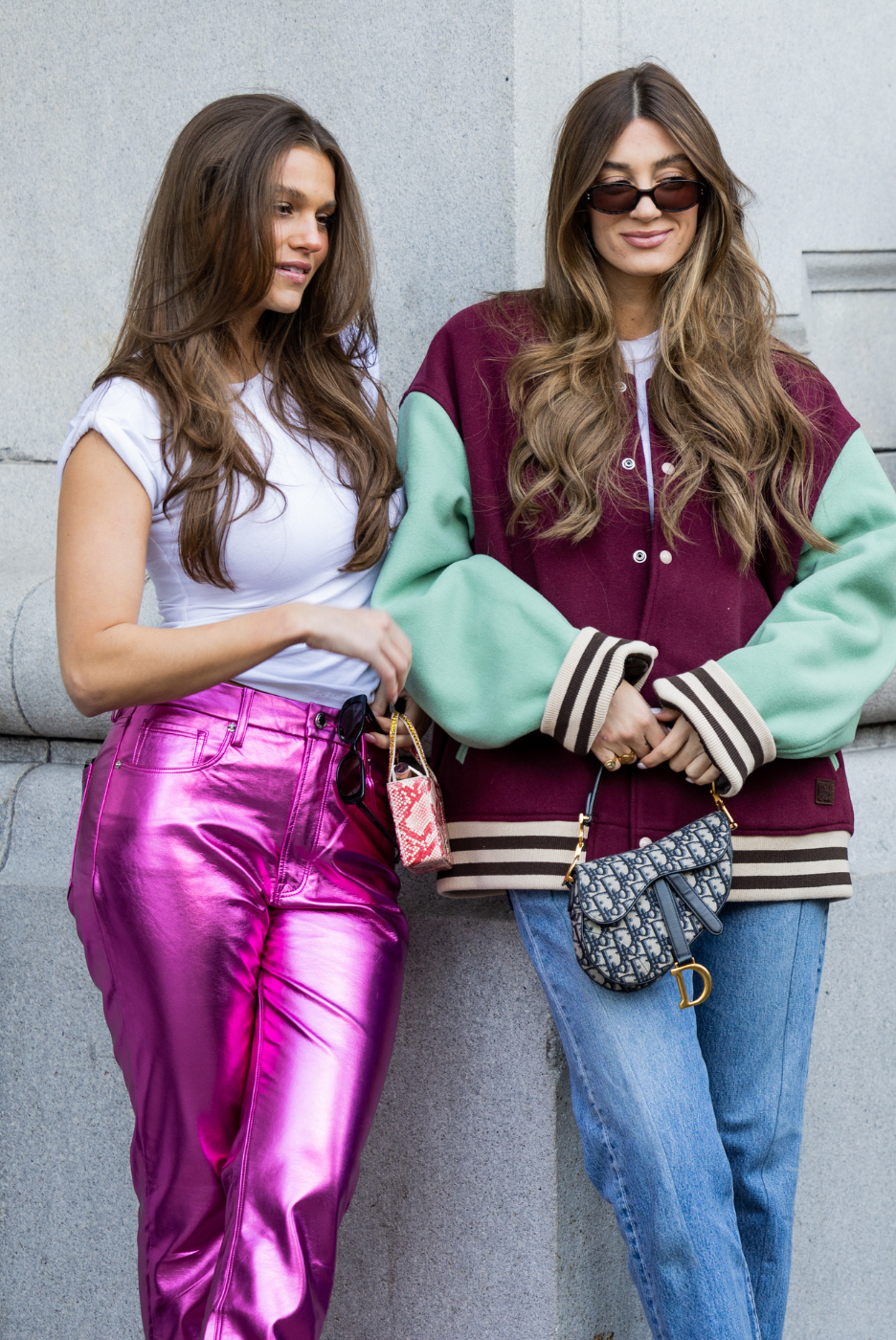
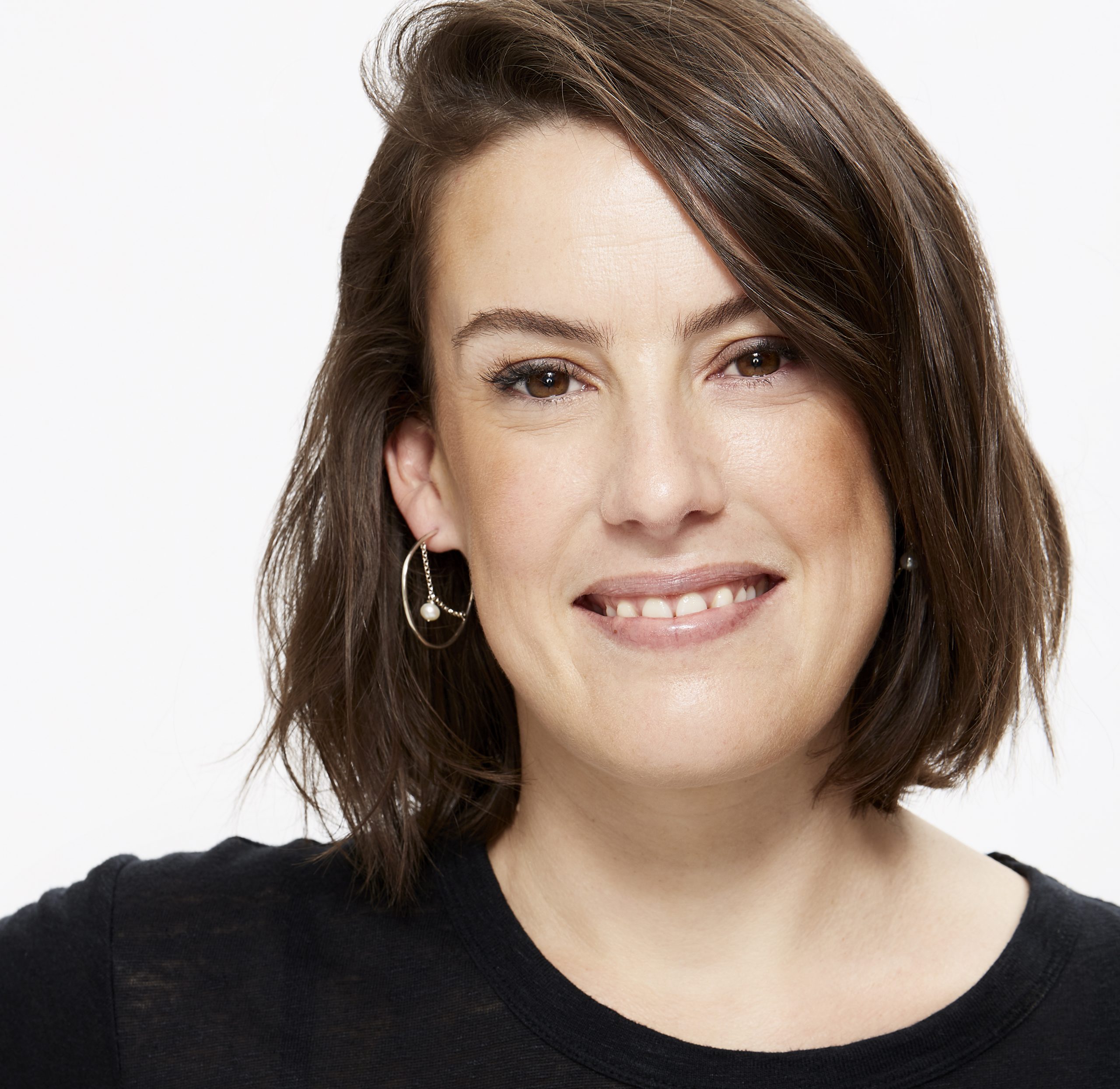

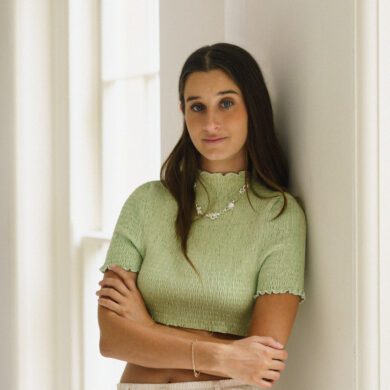

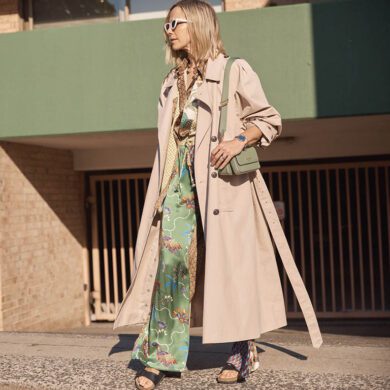
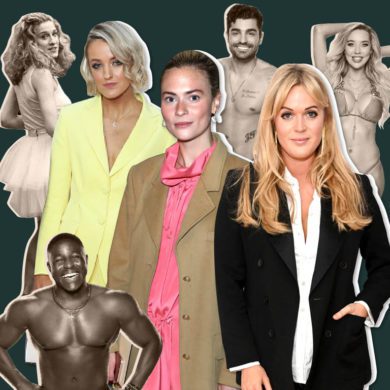
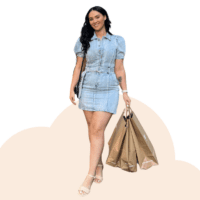
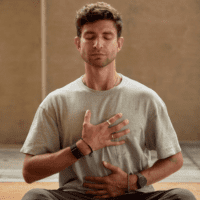
No Comments